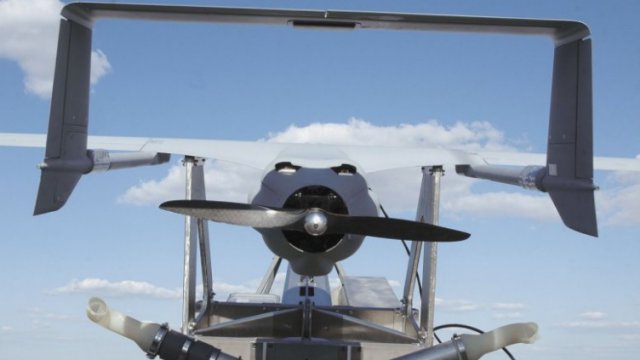The US Marine Corps (USMC) has requested that the US Congress allow it to shift USD18.75 million from its RQ-7B Shadow unmanned aerial vehicle (UAV) to its RQ-21 Blackjack UAV programme in order to extend the latter’s range.
“Force rebalancing and the Marine Corps focus on shipboard operations have prioritised the need to accelerate amphibious intelligence, surveillance, and reconnaissance (ISR).”
Integration of a heavy fuel engine “will be the first step in enabling the extension of the current RQ-21 range and will influence a significant area of the battle space and reduce ground control station requirements,” the document said.
Funds would be taken from the Shadow programme “because of a shift in focus to shipboard operations” and because the “RQ-7B is not shipboard compatible”, according to the document. The USMC would forego upgrades for two of its 13 RQ-7B Shadow UAVs with the Tactical Common Data Link (TCDL).
The RQ-21A is a larger follow-on to the Boeing/Insitu ScanEagle. Naval Air Systems Command (NAVAIR) said in May 2014 that the system made its first operational deployment overseas at the end of April.
An RQ-21A system constitutes five air vehicles, two ground control stations, and payloads to support ISR and communications relay for up to 12 hours per day continuously with a short surge capability for 24 hours a day. Payloads include day/night full-motion video cameras, infrared marker, laser range finder, communications relay package, and Automatic Identification System receivers. The air vehicle can travel up to 80 kt and has a ceiling of 15,000 ft (4,572 m), with a minimal operating radius of 50 n miles (92.6 km).
Source: Jane’s

